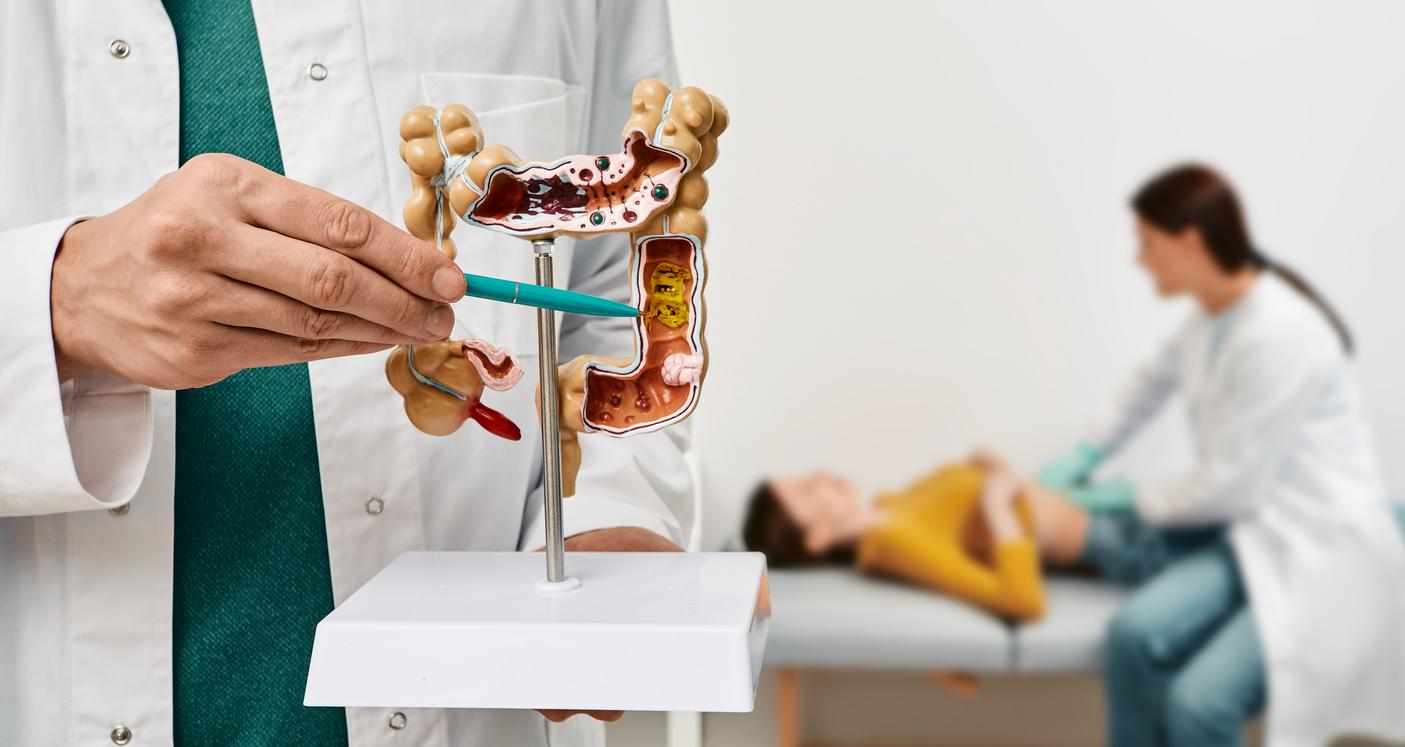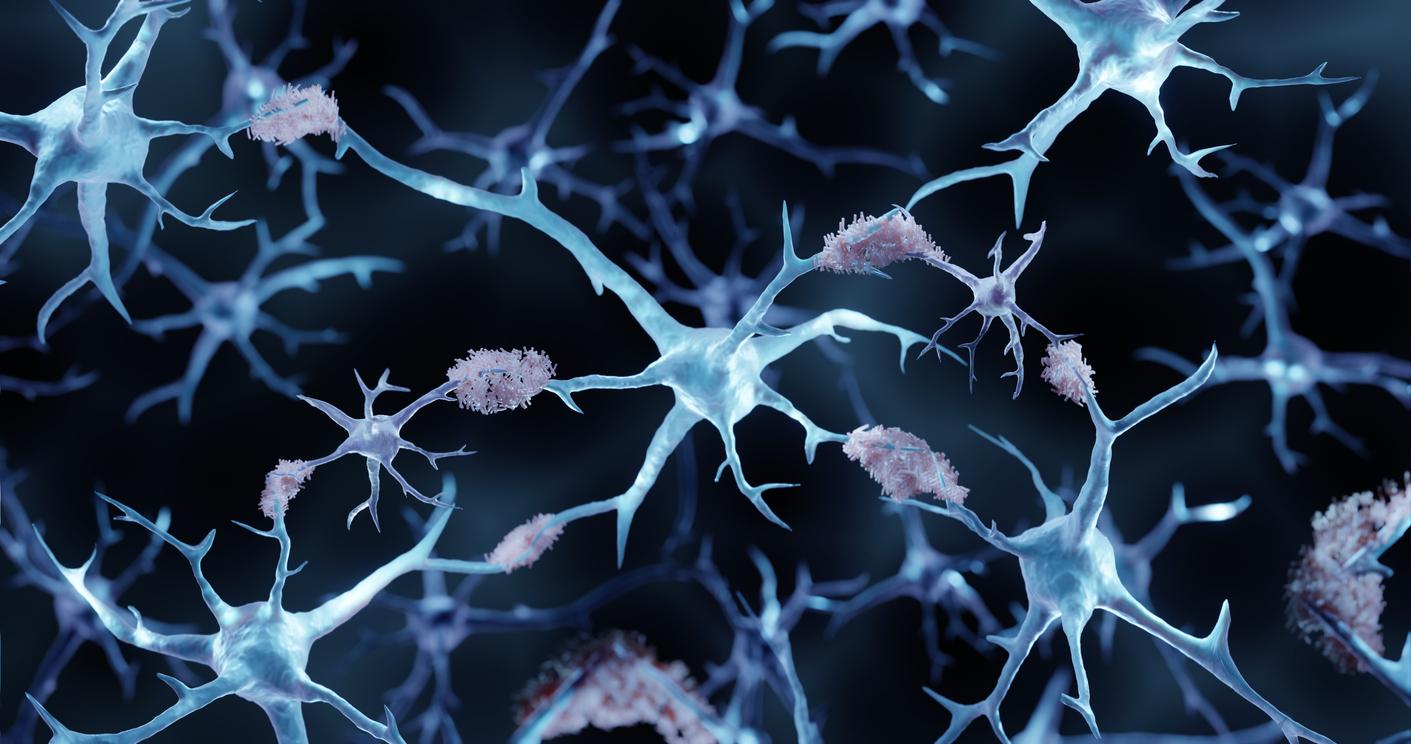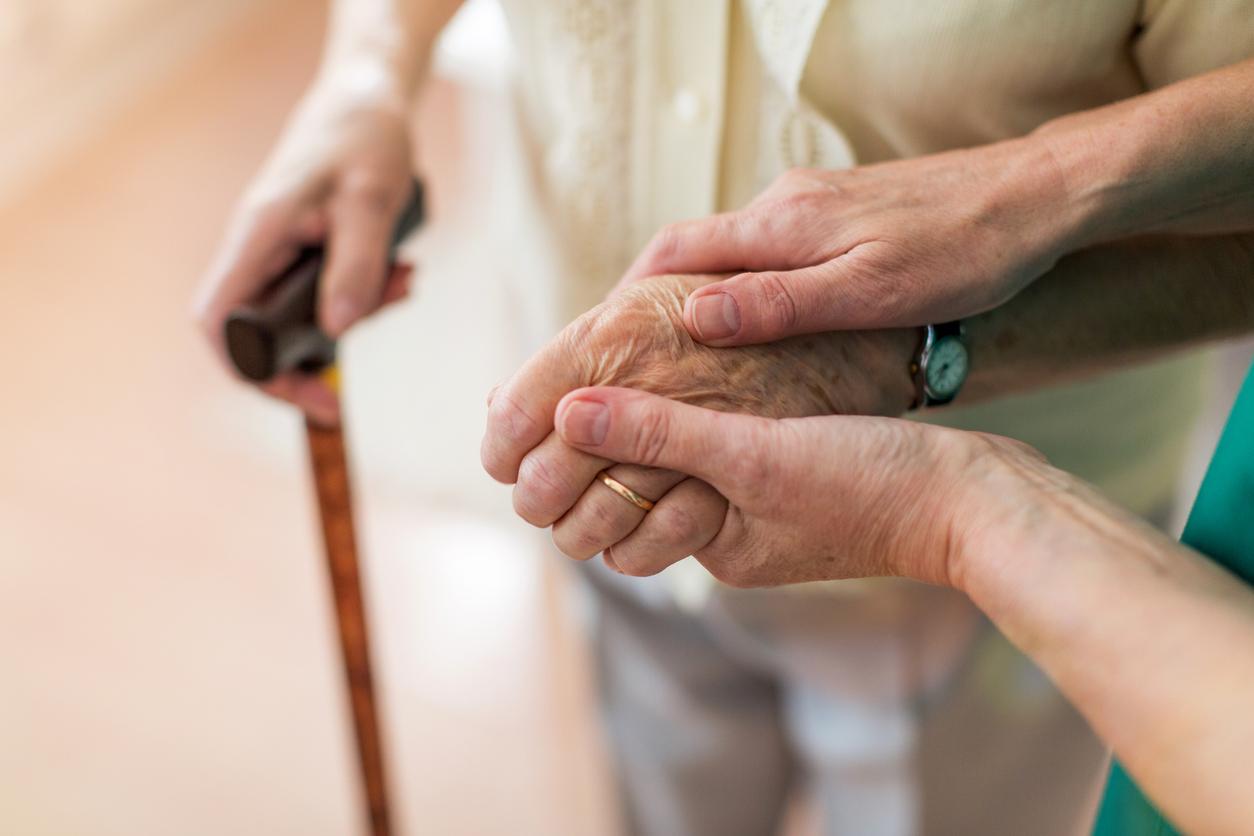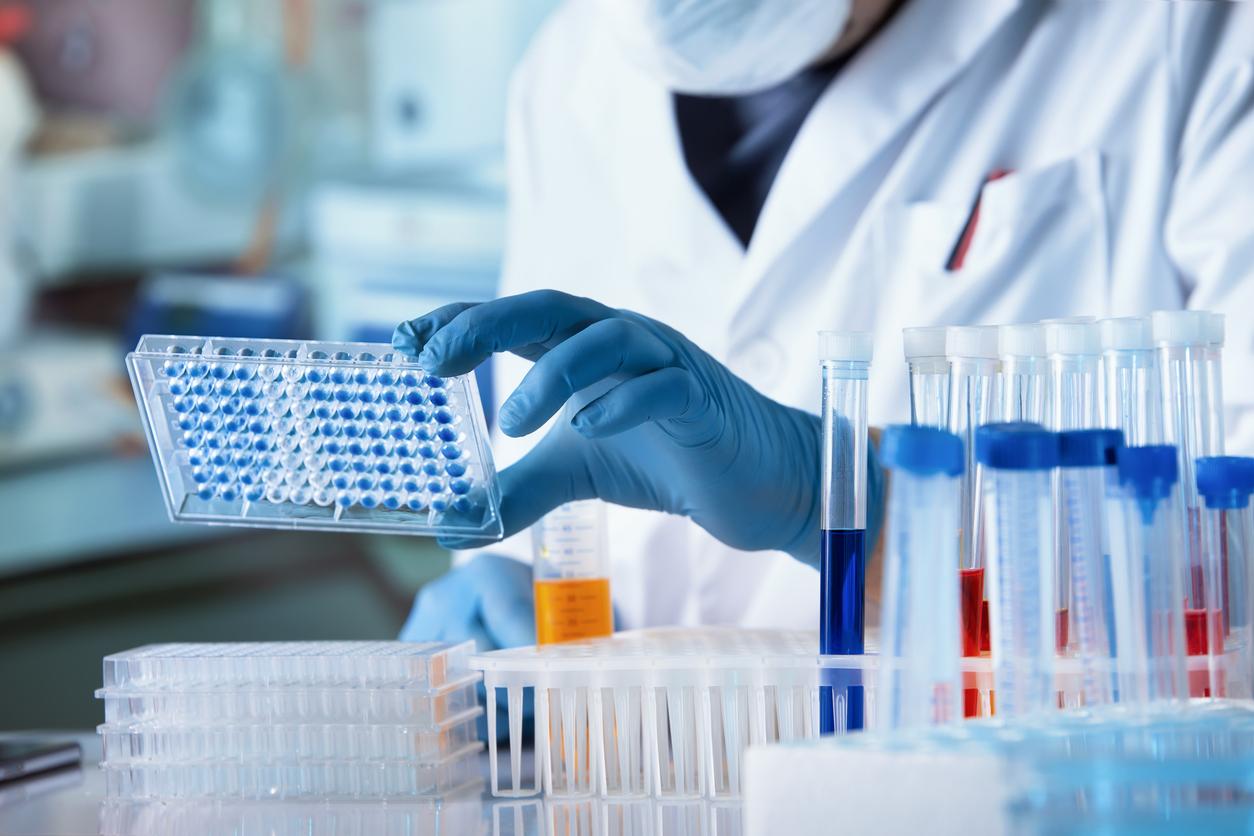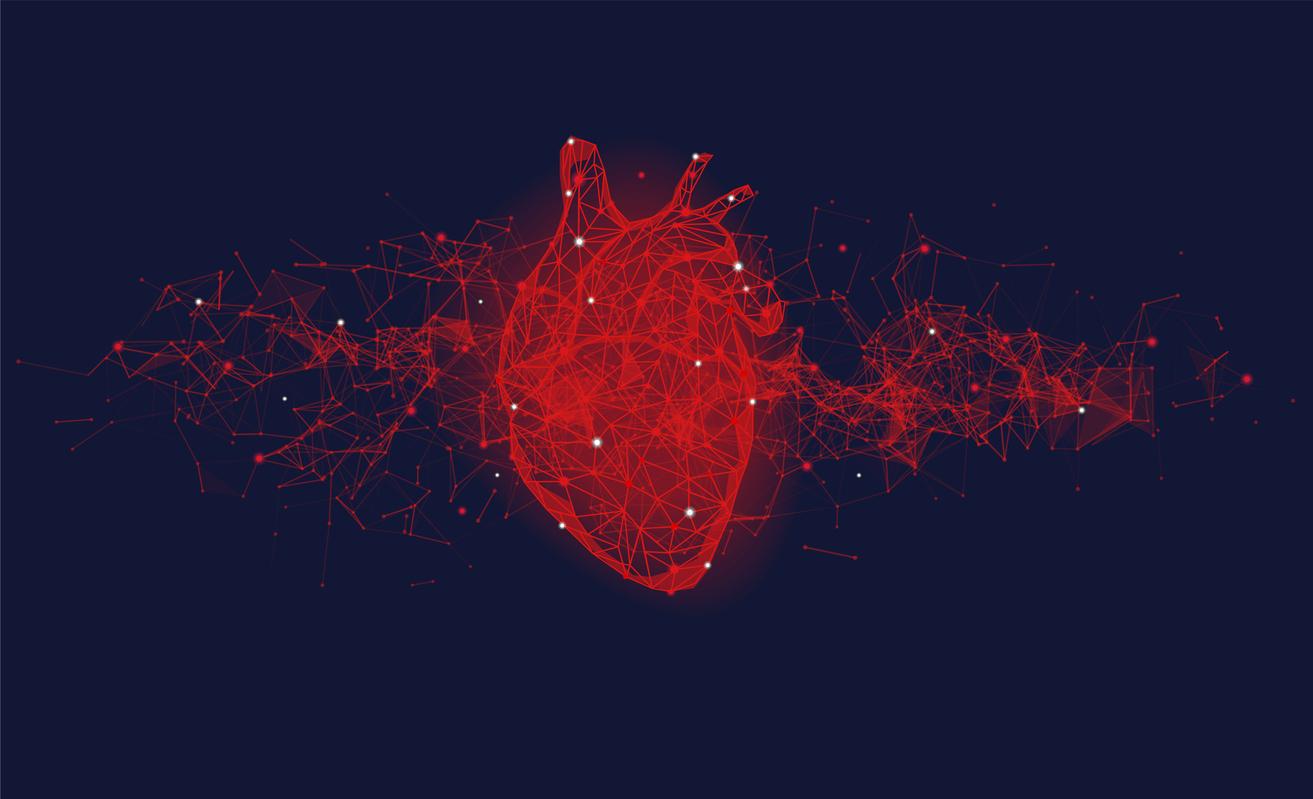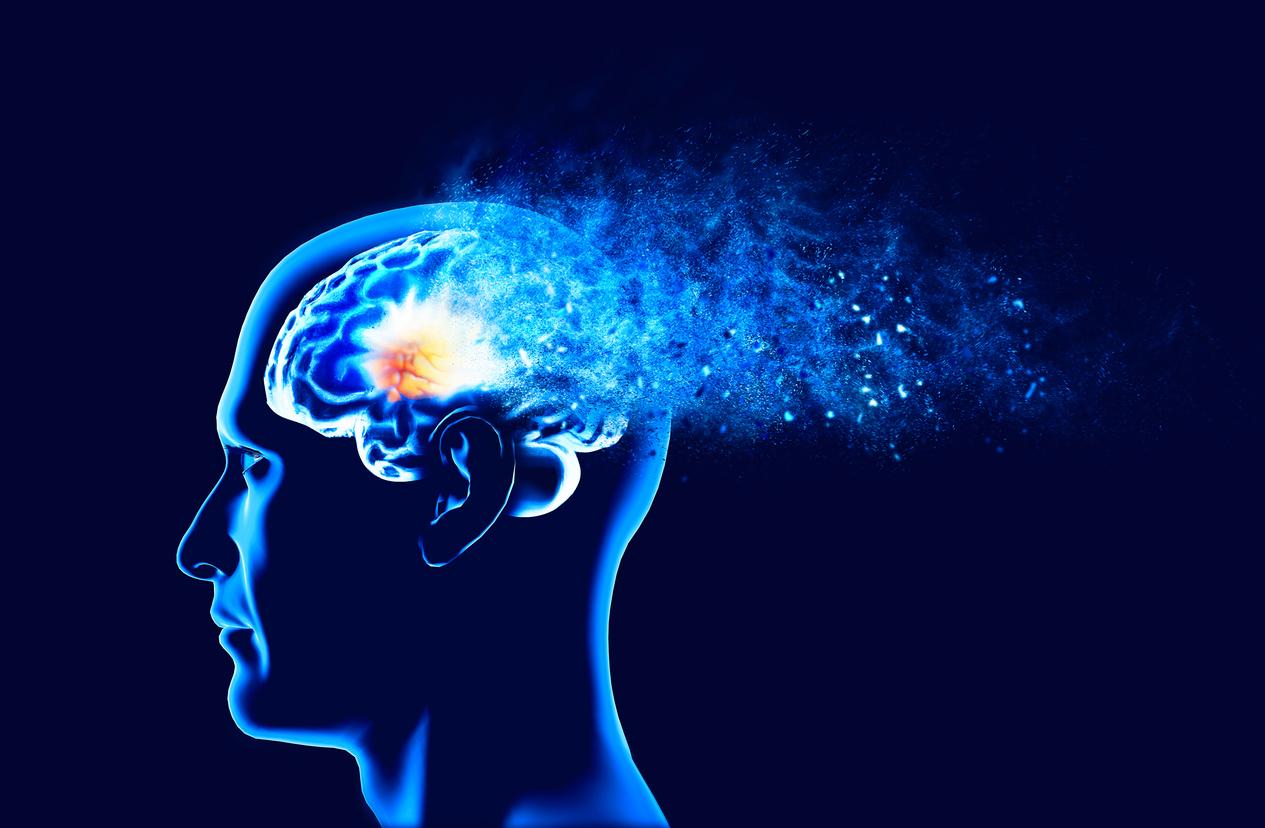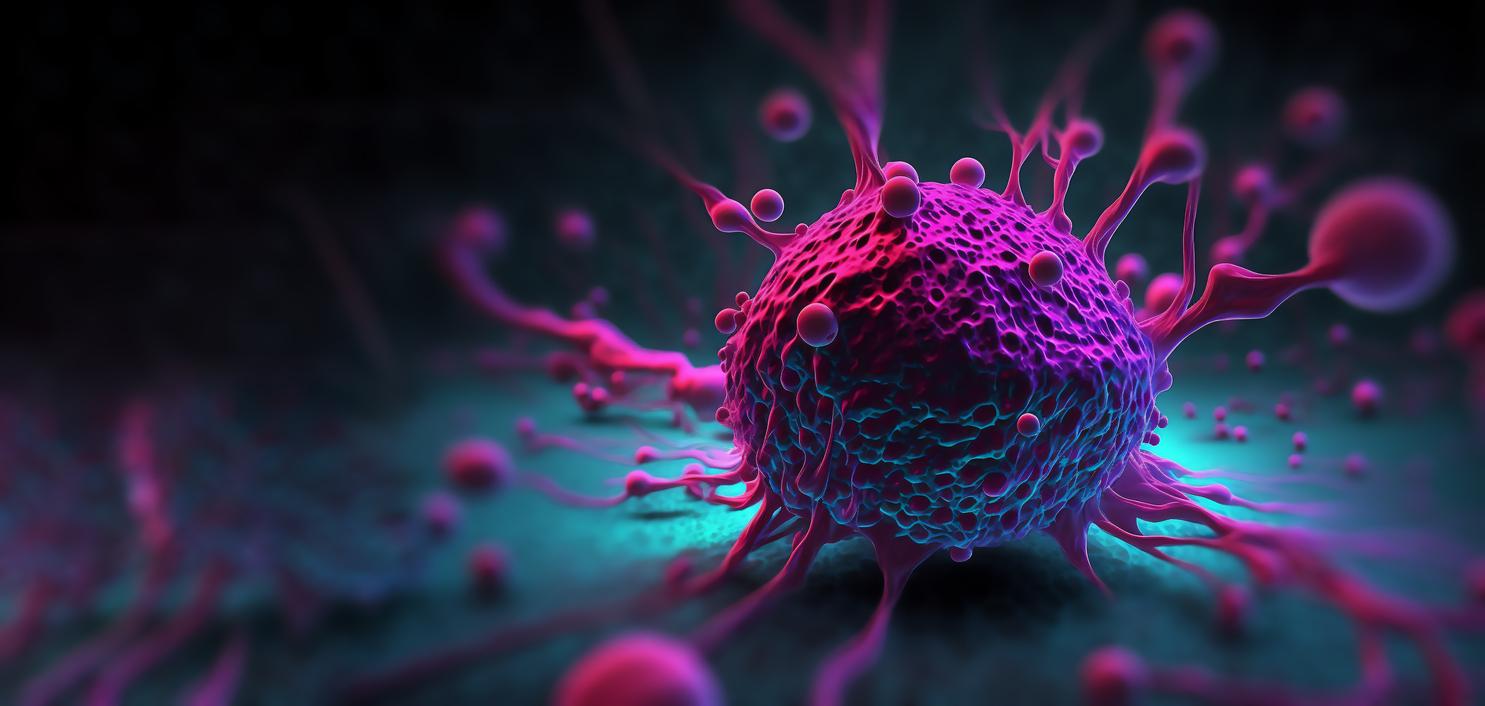Subjecting the cells of the body to ultrasound would keep them young and healthy, reveals a study. This would therefore make it possible to fight against aging, or even to reverse it…
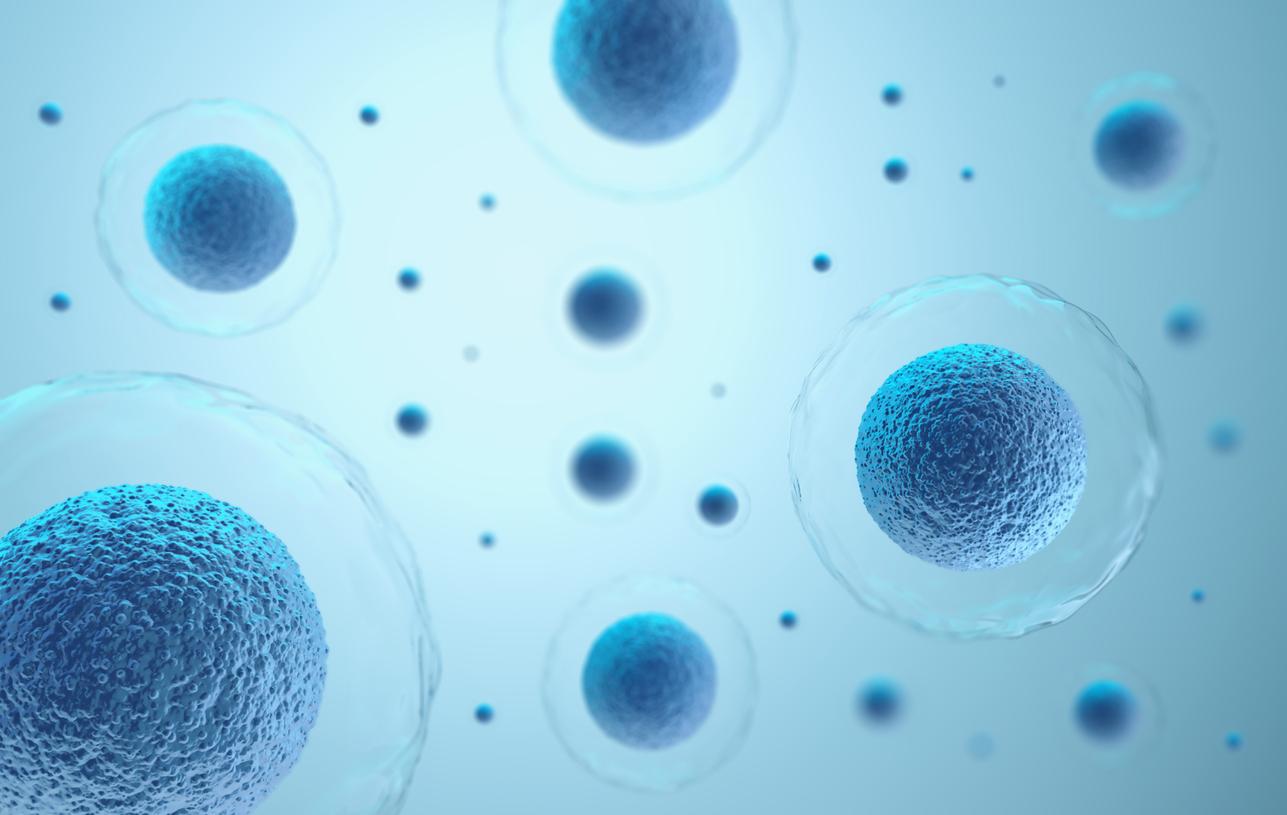
- Ultrasounds are harmless mechanical waves, says Inserm.
- They have been used for decades in the medical field as therapy for a wide range of conditions.
Giving a second youth to the cells of the body would now be possible! American researchers discovered that by exposing them to low frequency waves, it was possible to restart cell division and thus prevent them from aging.
Aging: ultrasound has a beneficial effect on form and memory
This process could be the ultimate remedy against aging: after a certain number of divisions, the cells of our body stop dividing and become senescent. Some also secrete toxins that cause inflammation, associated with all kinds of diseases, from arthritis to Alzheimer’s disease.
The experiments, carried out on elderly mice, revealed that by subjecting them to low doses of ultrasonic waves, they ran farther and faster on a treadmill.
Another team of researchers, Australian this time, also found that mice given ultrasound at a higher frequency showed improvements in memory. Another study is already underway to assess the effect on people with Alzheimer’s disease.
Ultrasound stimulates cell division
The treatment with low frequency waves, applied to a human, also showed encouraging results: whereas normally the cells generally begin to wear out after about 15 divisions, with weak ultrasonic waves they reached 24, without show signs of abnormality.
The procedure even healed one individual’s hunched back: “We treated him twice with ultrasounds and he started behaving normally. I don’t think the word “rejuvenation” is too strong.said lead author Professor Michael Sheetz of the University of Texas.
A possible biological explanation for why this treatment appears to work is that ultrasound physically distorts cells, producing effects similar to those of physical exercise, the authors write. They could also reactivate internal waste disposal systems that no longer work when cells age.
These results make it possible to foresee the possibility of delaying the harmful effects of aging, in particular on physical fitness and frailty, until the age of 70 or 80.







